

Fortify Resilience, Amplify Capacity, Solidify Leadership

AI Created a Deadly Energy Crisis
Artificial intelligence and data center energy demand are accelerating rapidly, threatening to overwhelm existing grid infrastructure. The International Energy Agency (IEA) projects that electricity consumption from data centers, AI, and cryptocurrency could double between 2022 and 2026, surpassing 1,000 TWh annually, equivalent to Japan’s entire electricity use, placing severe strain on grids unprepared for such concentrated loads (IEA, Electricity 2024). The U.S. Department of Energy’s Grid Deployment Office, in its 2023 National Transmission Needs Study, confirms that current transmission capacity cannot support surging demand from AI hubs in regions like Northern Virginia, Georgia, Texas, and Pennsylvania, warning of “severe congestion” and insufficient high-voltage infrastructure (DOE GDO, 2023). EPRI adds that the pace of AI model growth will soon outstrip grid and generation deployment timelines, stating: “The grid is not currently scaled to absorb the magnitude of load growth driven by hyperscale AI deployments without major investment and systemic change” (EPRI, AI Load Growth Impact Assessment, 2024). To meet this challenge, HVDC is increasingly cited as a critical solution. DOE identifies HVDC as essential for transmitting large volumes of electricity with fewer losses and better control, especially for relieving congestion in AI-heavy regions. The IEA calls HVDC “pivotal” in grid modernization, while NREL’s i2X Study highlights HVDC’s ability to accelerate interconnection timelines and stabilize volatile loads like data centers and AI clusters. Together, these findings underscore HVDC as a proven, scalable solution to meet the AI era’s explosive energy demands.
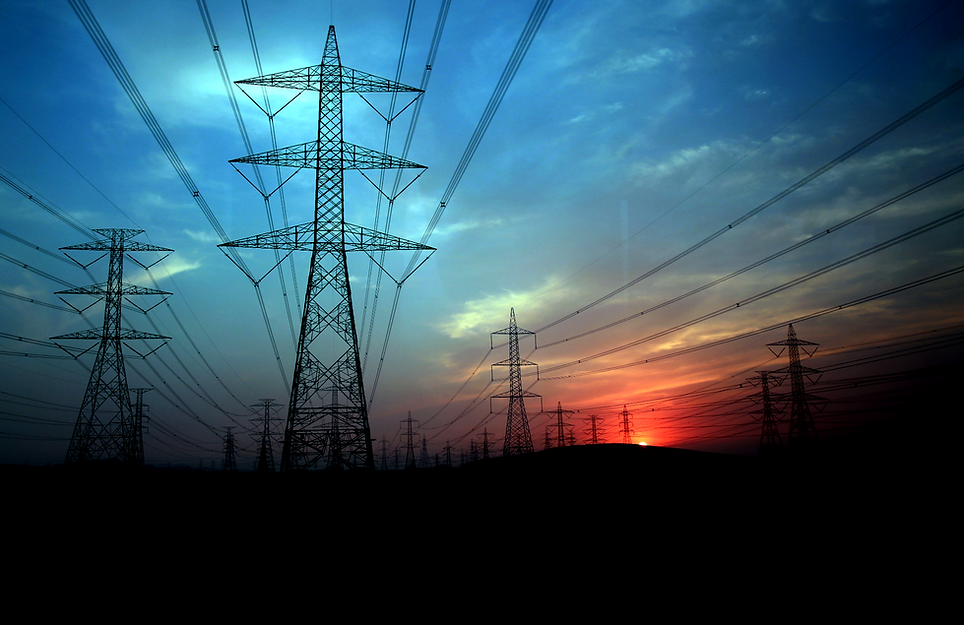
Electrifying The Future: A Modern Grid For Modern Demands
The global electrical era was launched through pioneering advances in both alternating current (AC) and direct current (DC), which together became the backbone of nearly every modern power grid. Early developments in AC and DC systems laid the groundwork for large-scale electrification across continents. However, as these technologies spread rapidly around the world, no single country retained long-term ownership or strategic advantage over them. Now, with rising energy demand, increasing pressure to decarbonize, and aging infrastructure in many regions, the need for a more intelligent and adaptable power system is more urgent than ever. The OMNIGRID introduces a transmission and distribution platform that leverages the complementary strengths of AC and DC. With seamless transitions, greater efficiency, improved resilience, and native compatibility with renewable energy and energy storage, OMNIGRID represents a transformative approach to electrification, one capable of serving diverse regional needs while setting a global standard for modern energy infrastructure.
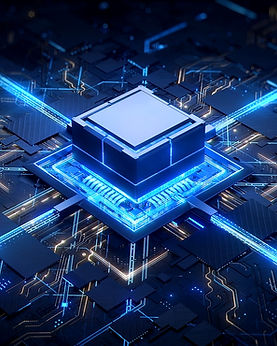
New Modular Multi-Level Converter Topology
Seamless, independently regulated power flow across multiple terminals. Programmable DSP-controlled switch gates optimize charge sharing, while capacitor-based galvanic isolation, advanced insulation, and phase-change cooling enhance reliability, power density, and longevity.

Compact HVDC Breaker, Advanced Absorption.
Features an electromagnetically actuated vacuum interrupter for rapid fault handling, high voltage capacity, and efficient energy dissipation. Its compact design (1.2-3m³ vs. 5-8m³) reduces infrastructure costs and streamlines grid integration.

AI Grid Balancing, "OMNILINK"
The integrated control framework optimizes power flow and grid stability by using sensor-driven algorithms to coordinate DSP valve operations. This enables precise voltage regulation and real-time, multi-directional power routing across interconnected grids.

The OMNI-TERMINAL DC Macrogrid
As a whole, revolutionizes DC macrogrid functionality by making MMC technology compact, flexible, and cost-effective. With ultra-fast redundancy bypass (<10μs) and seamless bipole-to-monopole switching via OMNILINK, it ensures uninterrupted power delivery and advanced thermal management.

THE GREAT ENABLER OF THE MODERN ECONOMIC GOLDEN AGE
GRID TO CHIP: THE DIRECT CURRENT BACKBONE FOR THE AI ERA
A “Grid to Chip” (G2C) model is rapidly emerging as a critical strategy to meet the exponential energy demands of artificial intelligence by delivering power through a vertically integrated direct current (DC) architecture, moving from high-voltage DC (HVDC) to medium-voltage DC (MVDC), low-voltage DC (LVDC), and ultimately down to the chip level. This end-to-end DC delivery chain reduces cumulative energy losses, which currently exceed 10–15% in legacy AC systems, according to the U.S. Department of Energy’s ARPA-E programs like REFUEL and Power Electronics for Data Centers. The Electric Power Research Institute (EPRI) affirms that cascading DC systems significantly cut conversion losses, voltage instability, and thermal stress, key concerns for hyperscale data centers. Similarly, the National Renewable Energy Laboratory (NREL) highlights that direct HVDC-to-chip infrastructure could enable “minimal conversion overhead,” vital as inference workloads scale to trillions of operations per watt. As AI-driven loads expand from megawatts to gigawatts, the G2C framework enables scalable, efficient, and spatially flexible growth unconstrained by AC grid bottlenecks. Far from a fringe idea, G2C represents the convergence of power electronics, semiconductor-aware design, and national grid modernization policy, including alignment with the DOE’s $20B+ Grid Deployment Office initiatives.

Modernizing The Grid
ELEVATING INFRASTRUCTURE, MONETIZING INNOVATION
As the Grid to Chip (G2C) architecture defines a new technical blueprint for managing AI-era energy demand, OMNIGRID provides the systemic framework to deploy it at scale. Positioned at the intersection of power electronics, digital infrastructure, and policy, OMNIGRID enables standardized AC/DC integration, from backbone HVDC transmission down to chip-level delivery. By patenting and standardizing this platform, OMNIGRID creates an opportunity not only to modernize energy infrastructure, but to establish global benchmarks for technology licensing, secure supply chains, and interconnection protocols. This avoids repeating history, when foundational AC and DC innovations were widely adopted without strategic returns. Instead, OMNIGRID lays the groundwork for equitable deployment that incentivizes innovation, protects national interests, and aligns with global decarbonization priorities. Through strategic collaboration across public and private sectors, OMNIGRID transforms energy modernization from a fragmented effort into a globally scalable, interoperable solution, rooted in transparency, performance, and long-term resilience.
Patent and Standardization
Licensing and
Export Control
Infrastructure Investment & Market
Geopolitical
Leverage
MODERN TECHNOLOGY BUILT FOR MODERN LOADS
OMNIGRID is a breakthrough in energy infrastructure, uniting visionary design with cutting-edge engineering to meet the demands of a fully electrified, DC-powered future. Its next-generation AC-DC architecture dramatically reduces component count and system footprint while enabling direct, high-efficiency DC delivery to critical DC native loads. Its compact form factor also minimizes land use and right-of-way requirements, streamlining permitting, lowering installation costs, and easier integration into dense urban or constrained environments. Driving this transformation is an alliance of globally recognized institutions. Georgia Tech leads development of ultra-fast CO₂-based DC breakers, replacing legacy SF₆ systems with safer, scalable fault protection. Dominion Energy serves as the utility deployment partner, ensuring grid-level integration and operational validation. Virginia Tech brings decades of HVDC system expertise, while Georgia Tech continues to redefine fault management in high-voltage networks. NREL acts as the national accelerator for DC adoption, and NASA contributes advanced systems engineering to ensure mission-critical reliability. Together, this world-class team forms the backbone of OMNIGRID, setting a new global benchmark for resilient, efficient, and intelligent energy systems, modern technology built to power modern loads.
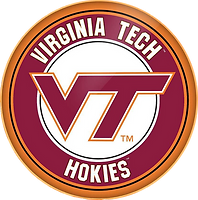
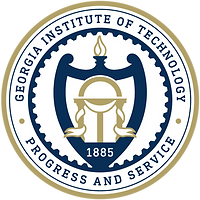
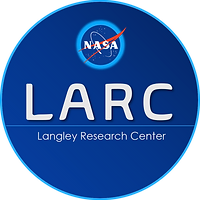
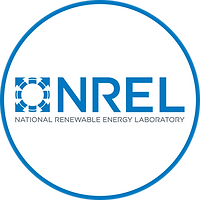


HIGH-DENSITY POWER ELECTRONIC VALVES
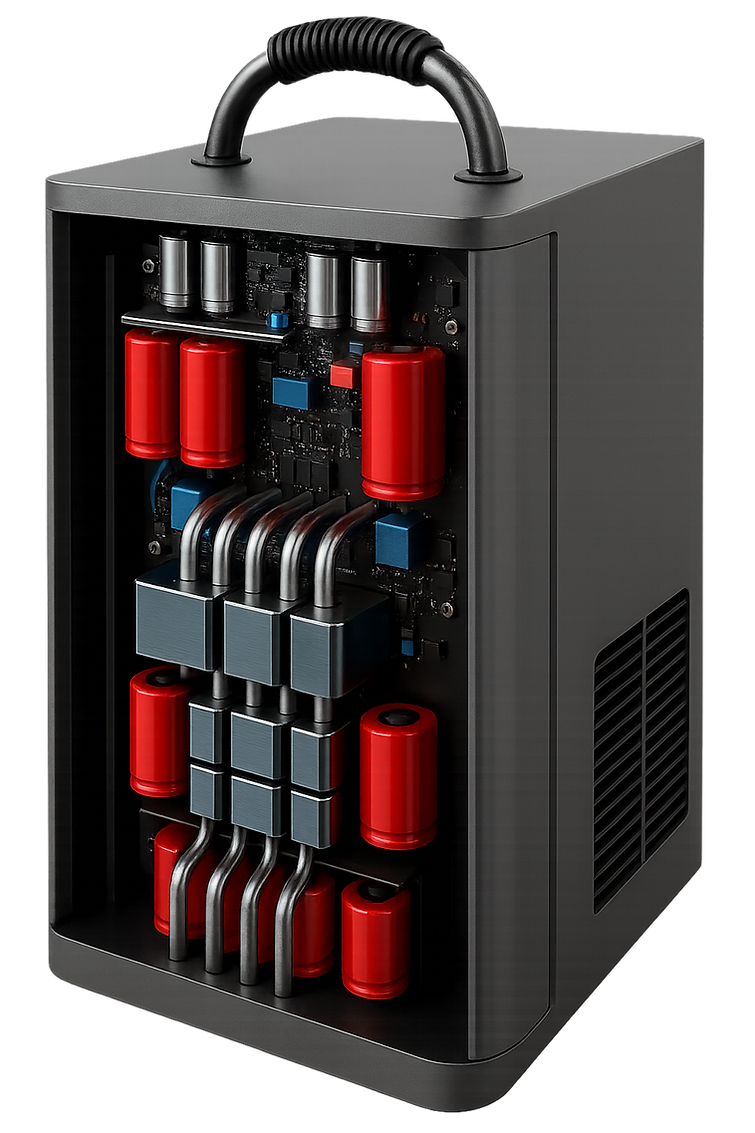
High-Voltage Performance & Current Handling
This category defines the fundamental operating limits of the HVDC valve. A nominal voltage rating of ≥ 30 kV and current rating of ≥ 2 kA per valve leg are required to support ±525 kVdc systems. These values ensure the valve can sustain high-load, long-distance transmission essential for modern grid-scale HVDC applications.
Power Density & Efficiency Optimization
These metrics target compact, energy-efficient designs. The valve must achieve a power density at least 100% higher than today’s standard MMC topologies, enabling smaller and more deployable systems. Additionally, a valve efficiency greater than 99.5% under pump-back conditions ensures minimal energy loss during operation, supporting grid reliability and energy cost reduction.
Reliability, Fault Protection, and Redundancy
To ensure operational continuity, valves must detect and isolate internal submodule faults in under 10 microseconds, including both fail-open and fail-closed scenarios. The system must also meet minimum N-2 redundancy, maintaining full voltage operation even with two failed submodules. These capabilities provide critical protection for uninterrupted service in demanding environments.
Scalability and Insulation Integrity
These metrics confirm the valve’s readiness for large-scale, high-voltage deployments. The system must operate with over 15 valves in series for ±525 kVdc configurations, and exhibit partial discharge below 10 picocoulombs at 30 kV to verify insulation quality. Together, they validate long-term reliability and compatibility with next-gen HVDC architecture.
ULTRA-FAST CIRCUIT BREAKING AND FAULT MANAGEMENT
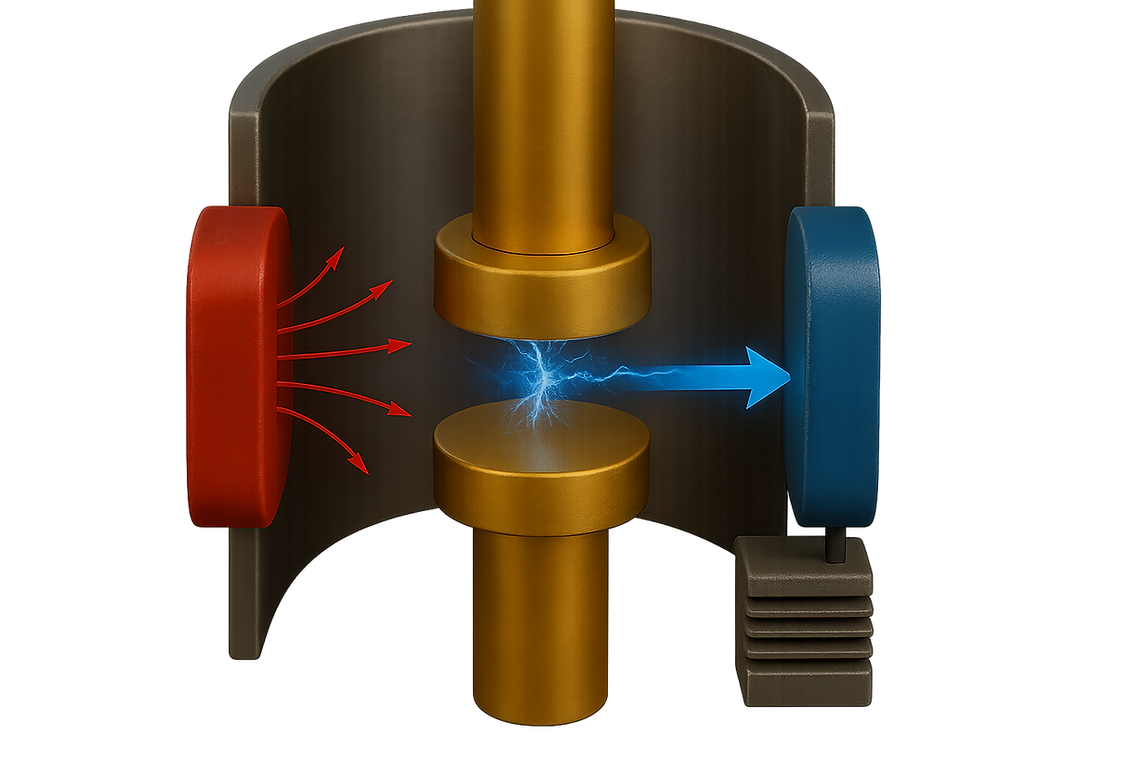
BREAKING BARRIERS: THE NEW ERA OF DC GRID DEFENSE
Legacy circuit breakers—whether bulky mechanical systems or solid-state devices—either switch too slowly or waste energy during normal operation. The solution is hybrid DC breakers, which combine near-instant actuation with advanced arc management to deliver high-speed fault protection without continuous conduction losses. This technology is essential for efficient, reliable, and modern HVDC grid systems.
-
Rapid Protection: Interrupts DC faults in under 1 millisecond
-
High Efficiency: Avoids continuous conduction losses of solid-state systems
-
Compact & Scalable: Minimizes footprint for easier HVDC integration
-
SF₆-Free: Uses clean arc-quenching methods, meeting emerging global standards
-
Modern-Load Ready: Designed native DC infrastructures
POWER THE FUTURE, PRECISION IN MOTION, POSSIBILITY UNLOCKED!
OMNIGRID is the foundation for a new era of energy. By uniting visionary innovation with the brightest minds across industry and academia, OMNIGRID transforms the grid into a resilient, efficient, and intelligent network built for modern demands. Its breakthrough HVDC architecture slashes energy losses, supports direct DC integration for AI and data centers, EV infrastructure, and renewables, and enables rapid fault protection with ultra-fast breakers, all while reducing environmental impact and physical footprint. This isn’t just grid modernization, it’s a global reset, empowering sustainable growth, enhancing energy security, and unlocking unprecedented economic and geopolitical opportunities. The future of power is clear, smart, seamless, and DC-enabled.
OMNI TERMINALS TOPOLOGY
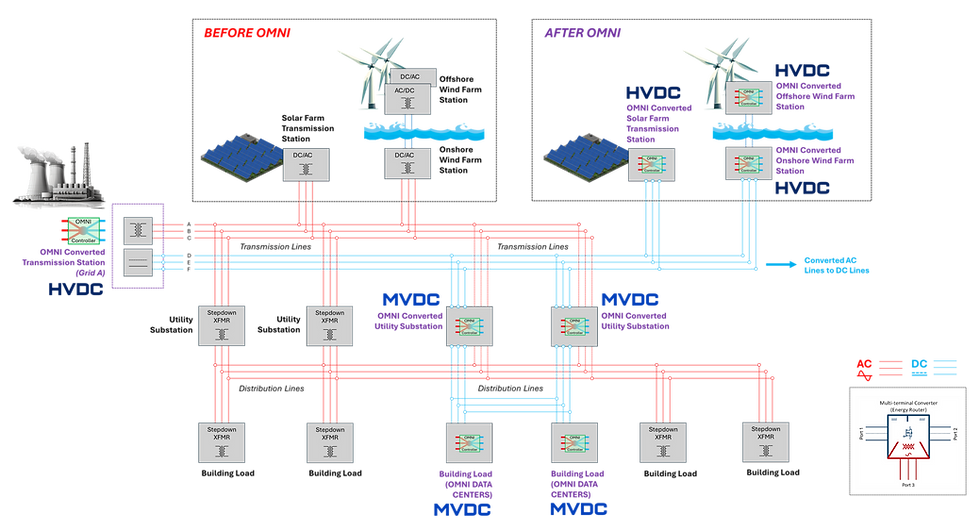

Fortify Resilience, Amplify Capacity, Solidify Leadership

OUR TEAM
Corporate Allies
We are leading the charge in revolutionizing the grid, driving innovation and excellence with cutting-edge HVDC solutions and deep industry expertise. With a strategic vision, we navigate the complexities of grid modernization by leveraging strong partnerships with key stakeholders and industry leaders. Our solutions deliver transformative results, fostering growth, resilience, and efficiency in an evolving energy landscape. Committed to a sustainable and future-ready power grid, we are shaping the next era of energy dominance.
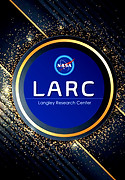
NASA Langley Research Center
Pending Space Act Agreement for joint research, technology development, and exploration projects.

SLAC National Accelerator Laboratory
Conducts cutting-edge research in particle physics, materials science, and energy innovation.

Instant Access Networks
Accelerate public sector projects, streamline acquisition compliance, and access critical services through the federally approved SBIR Phase III.

Dominion Energy
Major U.S. energy provider delivering reliable service while investing in renewable power and modernizing energy infrastructure.

International Council on Systems Engineering
A global organization focused on advancing systems engineering practices and principles.

Massachusetts Institute of Technology
Collaborative research for cutting-edge advancements in engineering and technology.

International Brotherhood of Electrical Workers
Labor union representing electricians and electrical workers with over 750,000 members.

Virginia Tech
Leading research university recognized for excellence in science, engineering, technology innovation, and global impact.

National Academy
of Engineering
Prestigious organization advancing engineering leadership and innovation for society's benefit.

Idaho National Laboratory
Key research facility specializing in nuclear energy, advanced reactors, and energy systems for national security and innovation.

National Electrical Contractors Association
Electrical contractors with over 4,000 member companies, providing resources for industry standards, education, and advocacy.

Georgia Tech
Globally renowned institute advancing engineering, computing, and research that drives innovation and economic development worldwide.

Global Professional Association and Standards
Global association setting standards and fosters knowledge in engineering, aerospace, automotive, and commercial.

National Renewable Energy Laboratory
Advancing renewable energy and energy efficiency technologies through cutting-edge research and development.

Chris Controls
Control Systems and Engineering specializes in innovative solutions for energy-efficient lighting, advanced control systems, and integrated engineering services.
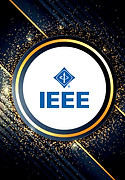
Institute of Electrical and Electronics Engineers (IEEE)
Global leader in advancing technology, setting industry standards, and fostering innovation worldwide.

California Energy Alliance
A collaboration of industry, government, and nonprofit leaders working to improve energy efficiency and sustainability across California.

Lawrence Berkeley National Laboratory
Leading research institution dedicated to scientific discoveries in energy, environmental science, and advanced materials.

Conference of the Parties 28 (COP28)
United Nations climate summit focused on global efforts to combat climate change and accelerate sustainable solutions.

US Green Building Council - California
Promoting sustainable design, green building practices, and environmental leadership to create healthier, more resilient California communities.

EMerge Alliance
Focused on developing standards for the use of DC power in commercial buildings and advancing energy-efficient technologies.

RMS Energy Consulting
Provides expert analysis and strategic advice to optimize energy systems, improve efficiency, and advises utility service providers.

UAE Independent Climate Change Accelerators (UICCA)
Initiative focused on driving climate action and innovation to support the UAE's sustainability goals.

iMasons
International nonprofit uniting digital infrastructure leaders to promote innovation, sustainability, diversity, and operational efficiency worldwide.
